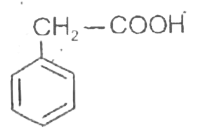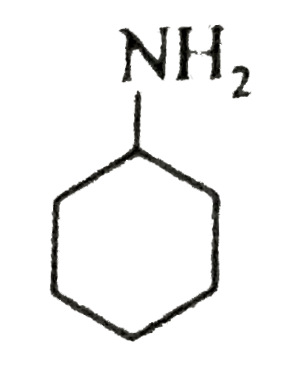Colemanite + G (compound) rarr A + B + C
Compound is :
The correct Answer is:B
Step by step video, text & image solution for Colemanite + G (compound) rarr A + B + C Coverset(Delta)rarrD+E("gas")overset("Baryta water")rarr "milky"overset(E+H_(2)O)rarr"milkyness disappears" B + E ("gas") rarr A + G , A overset(Delta)rarr F + B F + CuO rarr "Blue bead" Compound 'A' is : by Chemistry experts to help you in doubts & scoring excellent marks in Class 11 exams.
Updated on:21/07/2023Topper's Solved these Questions
- 13TH GROUP ELEMENTSBOOK - NARAYNACHAPTER - 13TH GROUP ELEMENTSEXERCISE - Level-V (H.W)
39 Videos
- 13TH GROUP ELEMENTSBOOK - NARAYNACHAPTER - 13TH GROUP ELEMENTSEXERCISE - Multiple Answer
50 Videos
- 13TH GROUP ELEMENTSBOOK - NARAYNACHAPTER - 13TH GROUP ELEMENTSEXERCISE - Level-I (H.W)
12 Videos
- 14TH GROUP ELEMENTSBOOK - NARAYNACHAPTER - 14TH GROUP ELEMENTSEXERCISE - Subjective Questions
6 Videos
Similar Questions
Knowledge Check
Colemanite + G (compound) rarr A + B + C
CΔ−−→D+E(gas)Baryta water−−−−−−−→
milkyE+H2O−−−−→milkyness disappears
B+E(gas)→A+G,AΔ−−→F+B
F+CuO→Blue bead
When 1 mole of 'C' and 2 moles of 'G' are heated the number of moles of 'E' formed is/are 'x'. The number of hybrid or orbitals in 'E' is/are 'y'. then x+y=A1B2C3D4Colemanite + G (compound) rarr A + B + C
CΔ−−→D+E(gas)Baryta water−−−−−−−→
milkyE+H2O−−−−→milkyness disappears
B+E(gas)→A+G,AΔ−−→F+B
F+CuO→Blue bead
F with 3 moles of water gives 2 moles of compound 'H'.'H' on heating to 100∘C gives 'I'.'I' is :AB2O3BCaCO3CH2B4O7DHBO2SOCl2−−−→(A)KCN−−→(B)H+−−→(C ), the compound (C ) is
 A
A B
B C
C D
D
Let →C=→A+→B then :
View SolutionThe product D of the reaction CH3ClKCN−−→(A)H2O−−→(B)NH3−−→(C)Δ−−→(D) is
View SolutionThe compound C7H8 undergoes the following reactions :
C7H83Cl2/Δ−−−−→ABr2/Fe−−−−→BZn/HCl−−−−→C
The product 'C' is
View SolutionBaC2+N2Δ−−→(A)CaC2+N2Δ−−→(B)
(A) and (B) are
View SolutionThe compound (A) in the following reaction sequence is
(A)PCl5−−→ (B) Alc.KOH−−−−→ (C )H2/Ni−−−→ Propane.
View Solution

